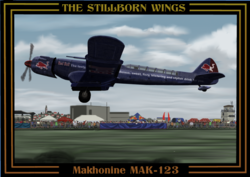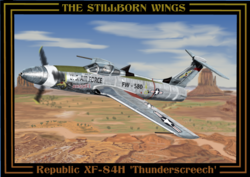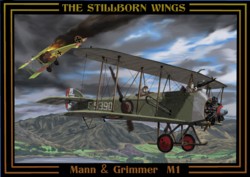Jergon
Well-Known Member
- Messages
- 106
- Likes
- 150
And the word is "Loki" - oh, that German fonts...
Welcome to Photoshop Gurus forum. Register a free account today to become a member! It's completely free. Once signed in, you'll enjoy an ad-free experience and be able to participate on this site by adding your own topics and posts, as well as connect with other members through your own private inbox!
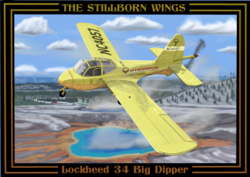
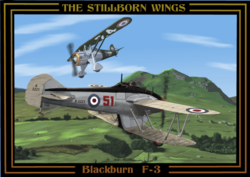
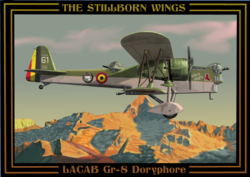
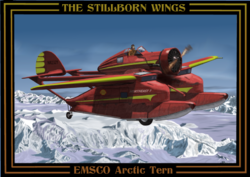
The pilot enjoyed the pleasure of a open cockpit atop the small nacelle while the crew was cosily placed in the cabins above each float/pontoon.
Yes, I also think the open cockpit is a big atrocity and don't understand the designer of it...:-o I have stolen this time the under-pic words from another website and guess they have been meant as ironic...If this airplane was specifically designed for the Arctic, wouldn't the pilot freeze to death in 5 minutes with an open cockpit? How could that have been a good idea?
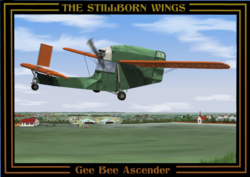
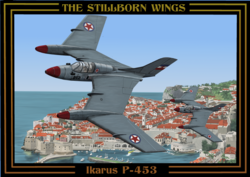
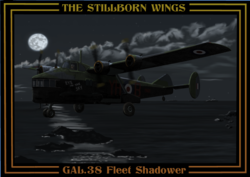
are you draw all of this ? i cant believe it. its to realistic
